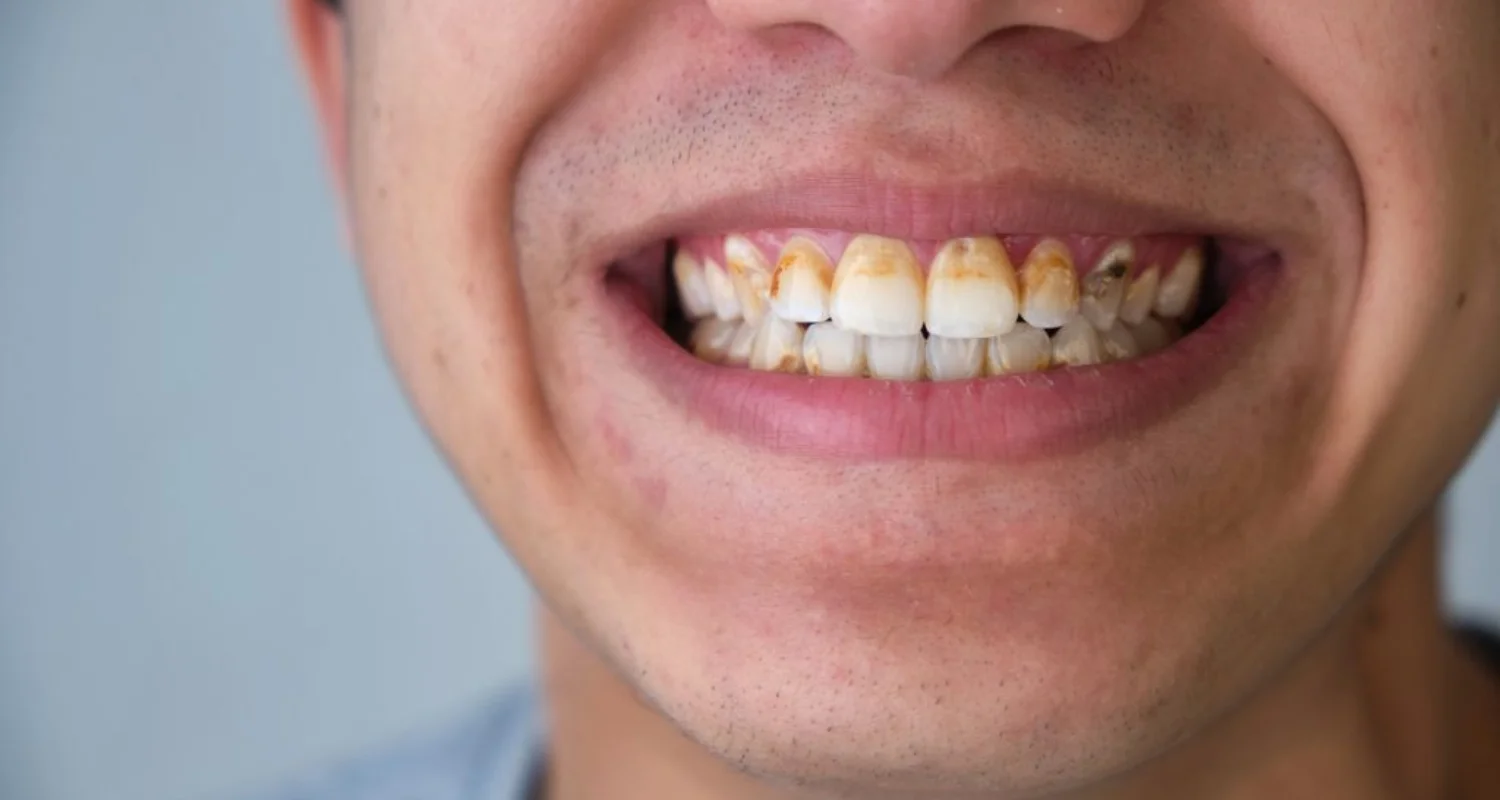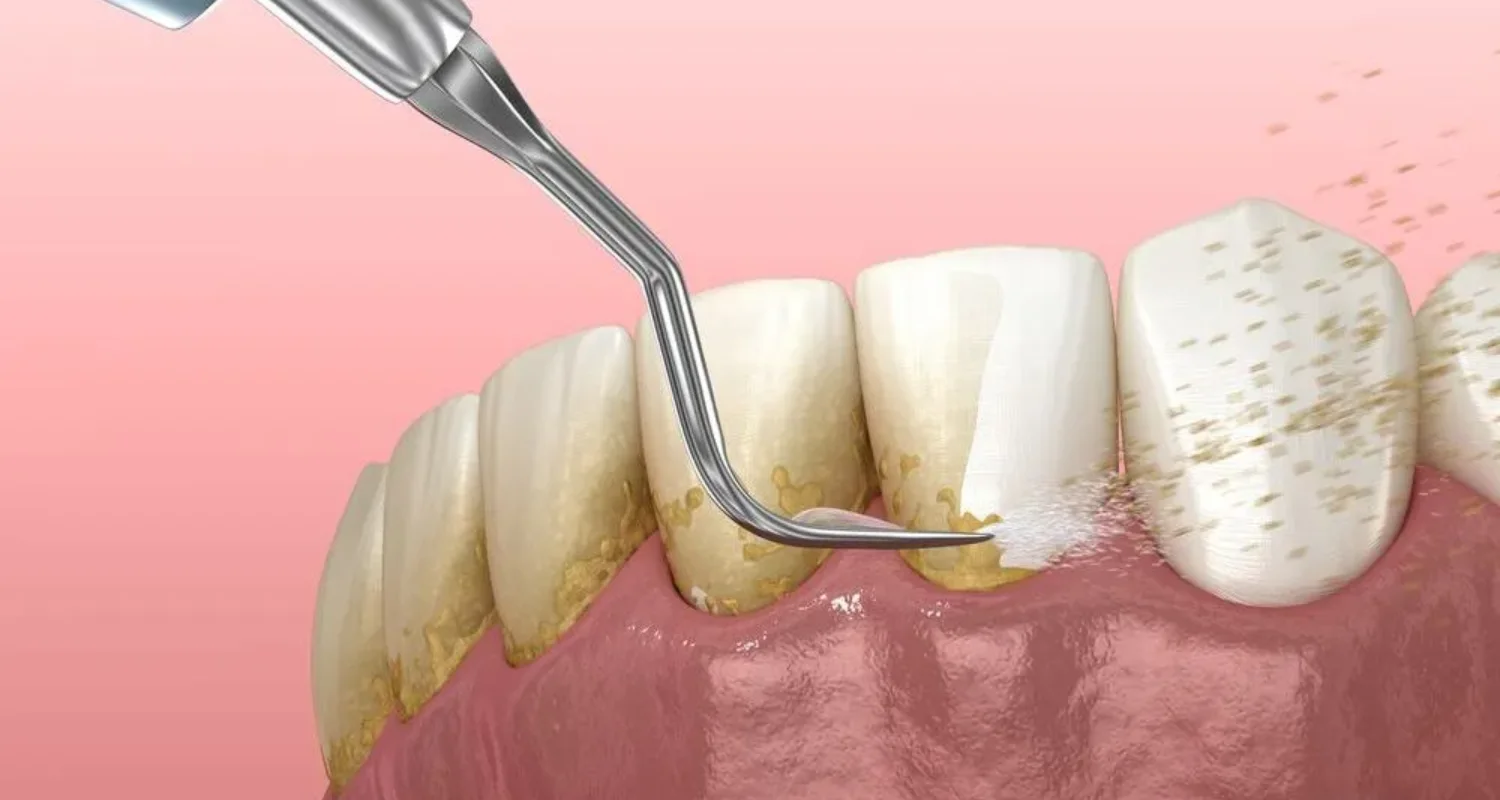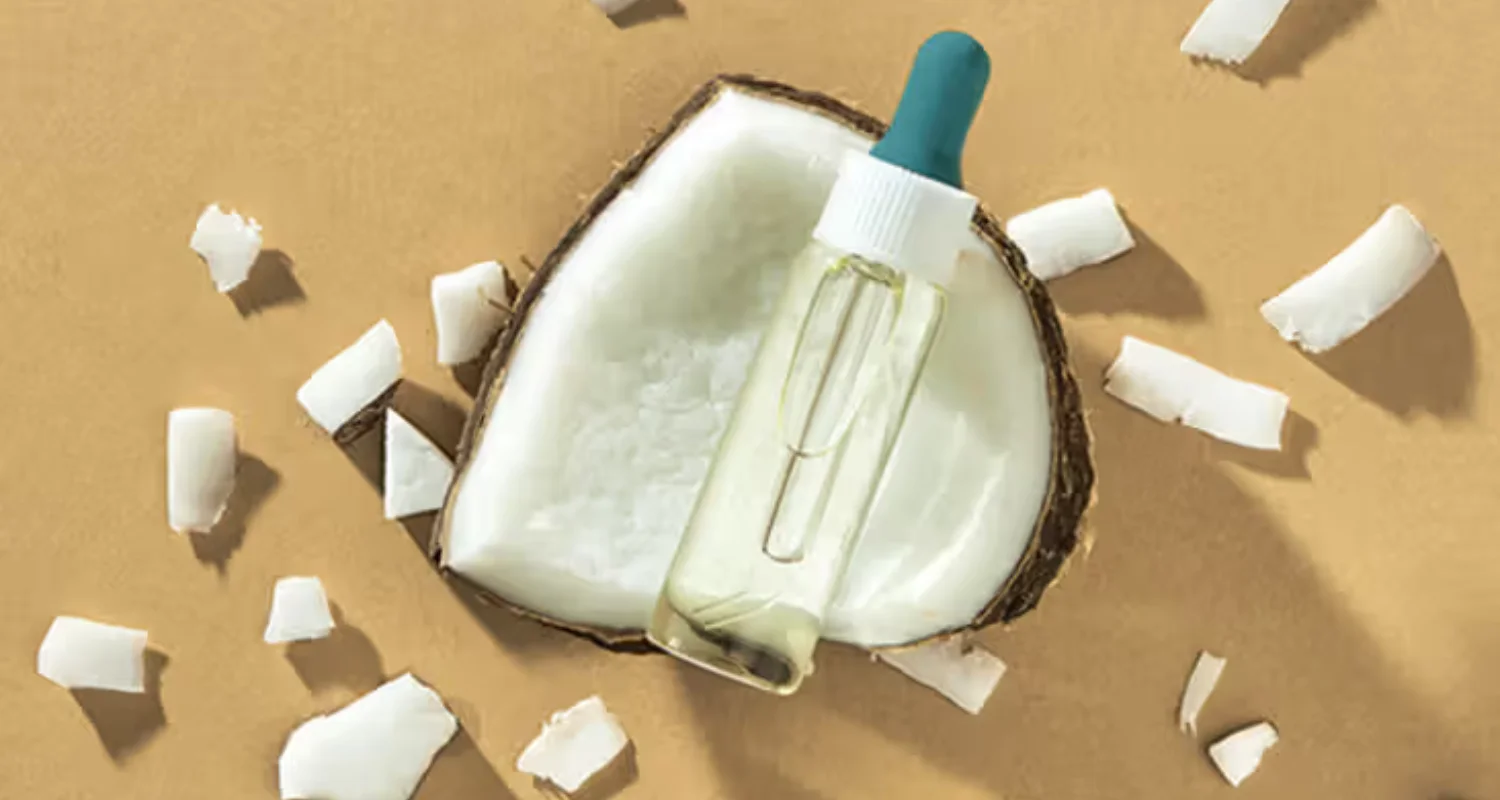Last Updated on: 19th September 2025, 12:36 pm
Do you want to remove dental plaque at home?
Dental plaque buildup is a daily reality that affects people of all ages; controlling it is essential to preserve the health of teeth and gums. If not removed regularly, it can lead to problems such as cavities, gum inflammation, and in severe cases, tooth loss. While visits to the dentist for professional cleanings are indispensable, daily care at home plays an equally crucial role in preventing these problems and reducing plaque buildup between visits.
Implementing an oral hygiene routine at home allows you to attack plaque on an ongoing basis, preventing it from hardening or causing complications. From proper brushing to flossing and mouthwash, there are simple and accessible methods that, when integrated into your daily routine, are effective in preventing plaque. In this article, we will delve into how establishing a good oral hygiene routine at home can help maintain a clean and healthy smile, enhancing the benefits of regular dental visits and ensuring long-lasting oral health.
What is and how to remove dental plaque?
Dental plaque is a sticky film made up of bacteria that accumulates on the surfaces of the teeth; it accumulates above and below the gum. Physiologically, the mouth contains necessary bacteria to digest and absorb the food we eat. The bacteria present begin the digestive process by breaking down sugars and carbohydrates. in their decomposition phase are the main cause of the formation of the sticky film on the teeth.
If this plaque is not removed from dental surfaces, it begins its hardening process, forming calculus, and causing dental problems such as cavities, periodontal diseases, and bad breath.
5 Best Home Remedies to Remove Dental Plaque
With a proper dental routine at home, we can help remove dental plaque, thus reducing possible problems in the future. Among the remedies we can do ourselves are the following:
1. Brushing with baking soda
Baking soda has the ability to neutralize the bacteria present in the mouth and as it reduces the acidic environment in the mouth, it is an abrasive compound, so it is considered a natural cleaner that helps to remove plaque present on dental surfaces. Its use is recommended between 1 or 2 times a week since, being abrasive, it can cause damage to tooth enamel.
2. Mouthwash with coconut oil
Coconut oil has anti-inflammatory and antimicrobial properties that help strengthen teeth, prevent the appearance of cavities, relieve the symptoms of inflammation in the gums and contribute to remove dental plaque at home. It is recommended to use a tablespoon of warm coconut oil, rinsing your mouth for 5 to 10 minutes and then spitting it out.
3. Using white vinegar mouthwash to remove dental plaque
White vinegar contains acetic acid with a great capacity to remove dental plaque and bacteria present on teeth, making it useful as a complement to your dental routine. Use it by mixing a tablespoon of vinegar with a pinch of salt in a cup of water, rinsing for 30 seconds and sucking it out. It is important to dilute the vinegar well to avoid oral irritation.
4. Using dental floss
Brushing your teeth after each meal is effective to remove dental plaque from the visible surfaces of your teeth; however, plaque accumulated between your teeth can only be properly removed by using dental floss. This practice helps prevent cavities and periodontal disease by cleaning areas that the brush cannot reach. It is recommended to floss at least once a day, preferably before brushing, to maximize plaque removal and maintain healthy gums.
5. Eat crunchy fruits and vegetables
Eating crunchy fruits and vegetables is beneficial for dental health, as they help to remove dental plaque and protect gums. Fruits such as apples, grapes, watermelon and kiwi help clean teeth when chewed, while strawberries, due to their xylitol content, help reduce bacteria in the mouth. Crunchy vegetables such as carrots, celery and spinach are also effective, as they stimulate saliva production, which helps protect tooth surfaces from plaque buildup.
How to prevent plaque from forming tartar?
To prevent the appearance of dental plaque, it is important to visit the dentist regularly and apply the following tips to your dental hygiene routine:
Tooth brushing
It is recommended to brush your teeth at least twice a day or preferably after each meal, for two minutes, with toothpaste containing 1450 ppm of fluoride, and with a soft-bristled brush.
Electric toothbrushes
These brushes have been shown to remove dental plaque better than manual brushes. It is recommended that the electric toothbrush you use has the ADA seal since they pass testing and quality controls.
Flossing and rinsing
No matter how high-quality and effective the toothbrush you use is, plaque accumulated between the teeth is only removed by flossing, so it is recommended to use it once a day. Use a daily antiseptic mouthwash that helps eliminate bacteria present in the oral cavity. The mouthwash should be alcohol-free to avoid injury to the oral mucosa.
Diet
Maintain a diet that prevents the proliferation of bacteria in the mouth, such as sugary or starchy foods. This does not mean that you should stop consuming them, but rather reduce the frequency and brush your teeth after eating them.
To remove dental plaque is critical to maintaining optimal oral health and avoiding serious problems like cavities and gum disease. A home hygiene routine that includes brushing, flossing, and mouthwash is key to reducing plaque buildup between dental visits.
However, regular dental visits are essential, as they allow for professional cleaning and early detection of potential problems. These checkups complement home care and ensure that your mouth remains free of hardened plaque or tartar, preserving the health of your teeth and gums in the long term.
Frequently Asked Questions
How do I properly care for my dentures?
Plaque is a sticky film of bacteria that continuously forms on teeth and gums. If not removed, it can lead to problems like cavities, gum inflammation, and, in severe cases, tooth loss. Plaque also contributes to bad breath and, over time, hardens into tartar, which can only be removed professionally. Controlling plaque is essential for maintaining healthy teeth and gums.
What is dental plaque, and how can I remove it?
Dental plaque forms naturally as bacteria break down sugars and carbohydrates in the mouth. To remove plaque, brush your teeth at least twice a day, floss daily, and use an antiseptic mouthwash. Regular dental cleanings are also recommended to address any buildup that at-home care may miss.
Is there a way to treat plaque naturally?
Yes, some natural methods can help control plaque. Baking soda, coconut oil rinses, and crunchy fruits and vegetables aid in plaque removal. However, these methods should complement, not replace, regular brushing, flossing, and dental visits for effective plaque control.
Can diet affect plaque buildup?
Absolutely. A diet high in sugary and starchy foods can promote plaque formation. Limiting these foods and opting for crunchy fruits and vegetables help reduce plaque buildup by stimulating saliva production, which naturally cleanses the mouth.
How often should I visit the dentist to control plaque?
Regular dental checkups every six months are recommended to professionally remove plaque and tartar that at-home care might not eliminate. These visits also allow for early detection of potential issues and help maintain long-term dental health.
Share
References
1. Cirino, E. (2023, 24 abril). How to Remove Plaque. Healthline. https://www.healthline.com/health/how-to-remove-plaque#plaque-and-tartar
2. Dental plaque. (2024, 1 mayo). Cleveland Clinic. https://my.clevelandclinic.org/health/diseases/10953-plaque
3. Eske, J. (2024, 19 enero). Removing plaque and tartar from teeth. https://www.medicalnewstoday.com/articles/324341#Prevention
4. Marsh, P. D. (2006). Dental plaque as a biofilm and a microbial community – implications for health and disease. BMC Oral Health, 6(S1). https://doi.org/10.1186/1472-6831-6-s1-s14
5. Mfa, R. J. S. (2024, 8 febrero). What is dental plaque? Healthline. https://www.healthline.com/health/dental-and-oral-health/plaque#prevention
6. Parker, H. (2024, 7 junio). Plaque or Tartar on Your Teeth. WebMD. https://www.webmd.com/oral-health/tartar-dental-calculus-overview
7. Shanbhag, V. K. L. (2016). Oil pulling for maintaining oral hygiene – A review. Journal Of Traditional And Complementary Medicine, 7(1), 106-109. https://doi.org/10.1016/j.jtcme.2016.05.004
-
Nayibe Cubillos M. [Medical Reviewer]
Pharmaceutical Chemestry |Pharmaceutical Process Management | Pharmaceutical Care | Pharmaceutical Services Audit | Pharmaceutical Services Process Consulting | Content Project Manager | SEO Knowledge | Content Writer | Leadership | Scrum Master
View all posts
A healthcare writer with a solid background in pharmaceutical chemistry and a thorough understanding of Colombian regulatory processes and comprehensive sector management, she has significant experience coordinating and leading multidisciplina...



















